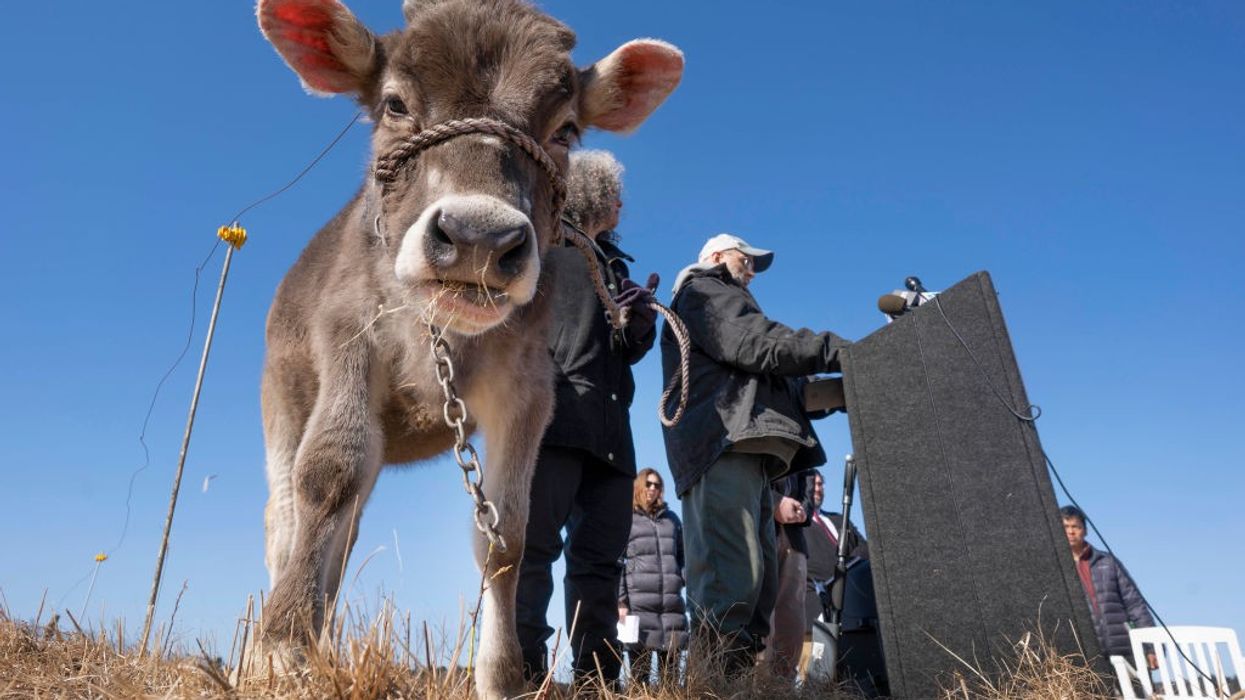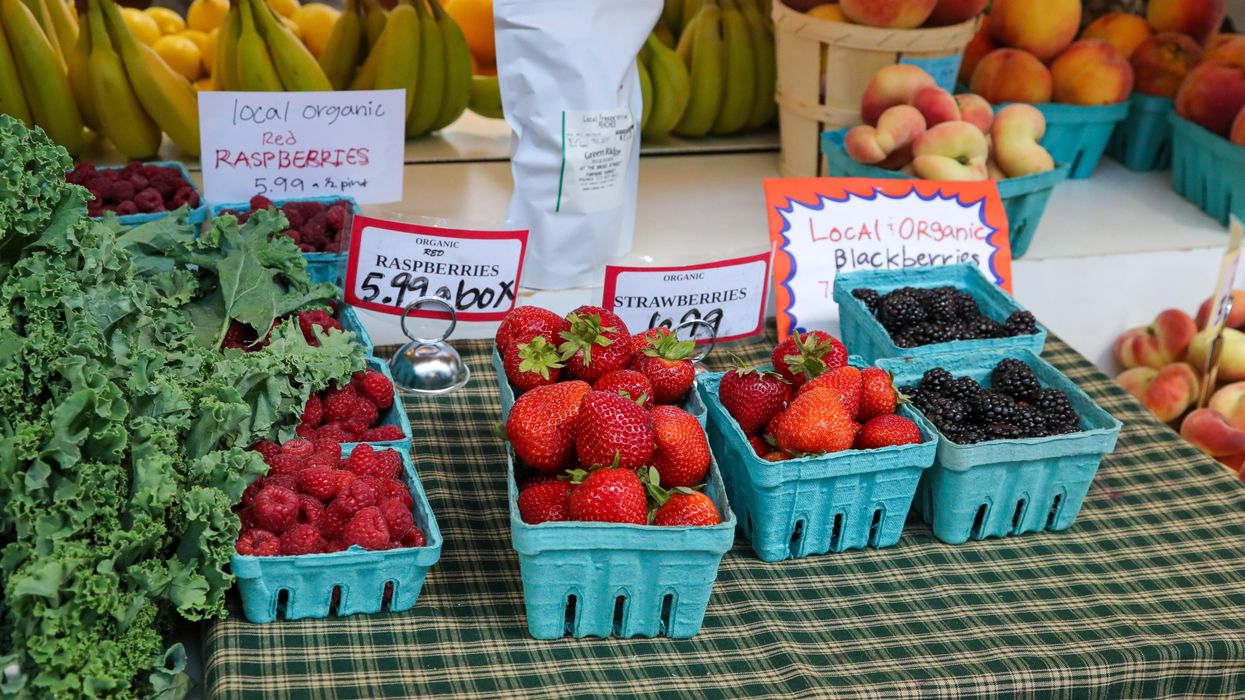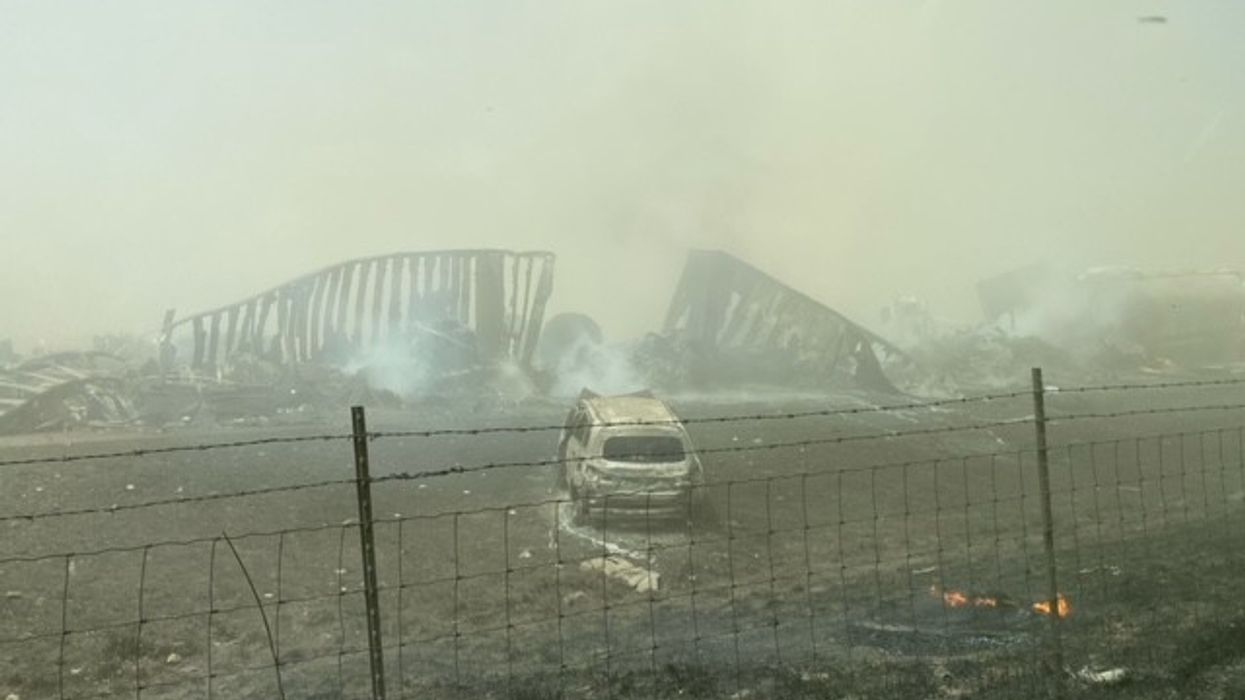As Federal Leaders Are Failing on PFAS, States Must Step up—Here’s How
I encourage leaders to look to Maine as a model to follow: Maine has emerged as a national leader in addressing PFAS contamination through comprehensive state-level initiatives that demonstrate the urgent need for federal action.
The Environmental Protection Agency is rolling back critical protections that ensure safe drinking water. These regulations help ensure that our water is free of PFAS, also known as “forever chemicals,” an especially hazardous form of industrial chemicals that linger in the environment indefinitely.
PFAS are damaging to human health at even the lowest doses. Exposure to PFAS can contribute to serious illnesses including kidney cancer, liver disease, thyroid disorders, or autoimmune disorders. There are no current treatments to remove PFAS from the body.
Despite the evidence of these dire health risks, the administration is shirking their responsibility to protect people across the country from PFAS exposure.
At the end of the day, we should all be able to agree that the health and safety of our communities starts with clean water and safe food, and make this work a priority.
Now, it is more urgent than ever for state and local leaders to step up, fill this gap, and protect their communities from PFAS exposure. It’s a massive undertaking, but fortunately, there is a clear path forward.
Advocates and experts across the country have already begun to chart the way—because they’ve had to. Even though prior PFAS regulations were important, they’ve never been enough to fully protect our water, our land, or our bodies from pollution.
I encourage leaders to look to Maine as a model to follow: Maine has emerged as a national leader in addressing PFAS contamination through comprehensive state-level initiatives that demonstrate the urgent need for federal action. We're the first state to require manufacturers to report intentionally added forever chemicals in products. Perhaps most significantly, the state is working toward the elimination of PFAS from consumer products, addressing the problem at its source rather than merely managing its consequences. Maine's regulatory approach has implemented some of the nation's most protective drinking water standards for PFAS compounds, recognizing that even minute concentrations pose serious health risks.
My own work in Maine has focused on advancing programs to monitor, test, and limit PFAS in our water and food supply. Over the years, we’ve realized that establishing strong drinking water standards is just the beginning of ridding our communities of PFAS. Now, we’re tackling contamination in the food supply by working with farmers to test their land and crops and make the technical changes necessary to produce safe crops and livestock.
Our state's PFAS Advisory Fund provides critical support to farmers whose agricultural operations have been devastated by PFAS contamination, primarily through the historical application of contaminated biosolids to farmland. Complementing this effort, the Maine Organic Farmers and Gardeners Association (MOFGA) established their PFAS Emergency Relief Fund to offer direct assistance to organic producers facing immediate financial hardship from crop losses and farm closures due to contamination.
Maine has also taken the bold step of banning the land application of sludge, eliminating a primary pathway for PFAS contamination of agricultural soils.
These comprehensive regulations serve multiple critical purposes: protecting the health of farmers who work the land and face direct exposure to contaminated soils, safeguarding consumers with safe food, and preserving our most treasured and irreplaceable resources—soil and water.
I urge more local leaders to champion these initiatives with your own representatives. Every town and state has a unique political landscape, and some of these programs might not advance easily. We need new innovation and lots of legwork to develop and advance the right solutions for everyone. But at the end of the day, we should all be able to agree that the health and safety of our communities starts with clean water and safe food, and make this work a priority.
Where the federal government won’t protect us, we will take action ourselves—by raising awareness, pushing for strong state-level responses, and stopping PFAS contamination before it causes further harm.


